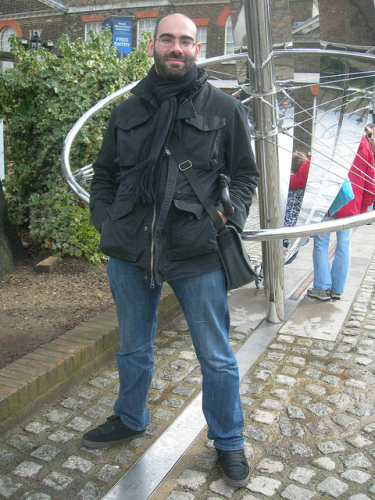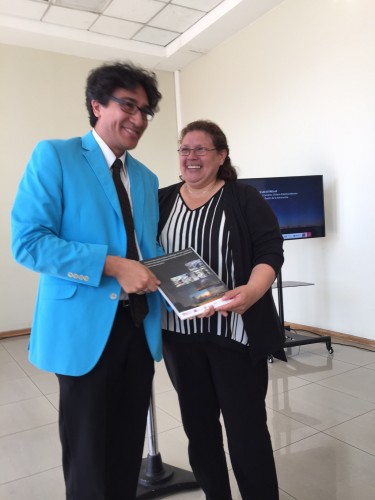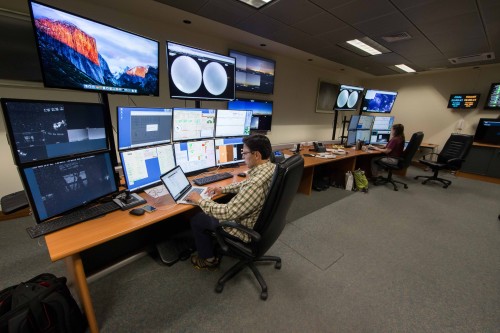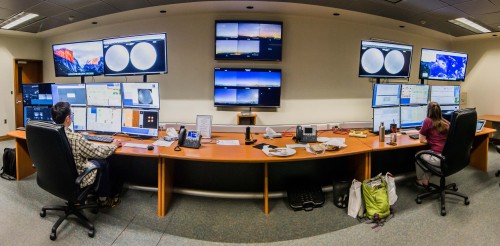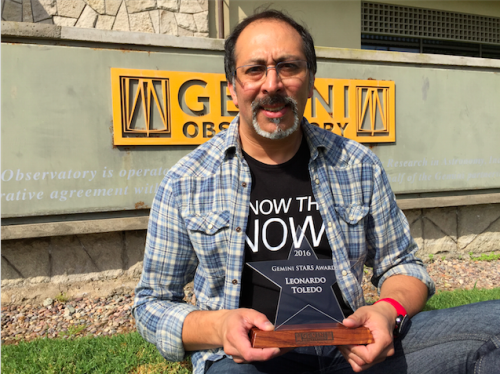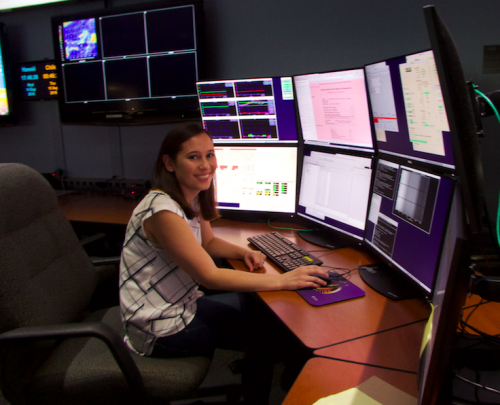- Date: 9 Dec 2016
- Comments: (0)
- Categories: For Everyone, Human Interest
Get to Know Gemini is a new series of blog posts aimed to highlight the different careers, backgrounds, and types of people contributing to Gemini Observatory and its science.
Name: Ricardo Cárdenes
What is your current position and at which telescope?
Data Process Developer at Gemini North
In four lines, explain what you do as part of the Gemini Observatory team?
I was hired originally to help with the final stages of development of the new Gemini Archive, and I still participate on maintenance and new development. I’m now part of the Science User Support group, involved in the effort to rewrite our data reduction software.
How long have you worked for Gemini?
About one year and a half.
What drew you to this job?
I have been working for astronomical observatories for the past decade, and I like both the environment and the kind of tasks that I have been assigned over the years. I came to Hawaii for personal reasons, though, and Gemini offered the possibility to keep working in the same industry.
What is the best part of your job?
I am a computer engineer, and working for a scientific institution typically means stepping out of the usual IT jobs, which makes it more exciting.
Where are you originally from/where did you grow up?
I come from Gran Canaria (Canary Islands, Spain).
What is the latest book you have read?
I’m reading The Long Mars, and re-reading The Adventures of Sherlock Holmes.
What is one hobby of yours?
Scuba diving.
Check back next month to learn more about the staff that help Gemini to explore the Universe and share its wonders!

